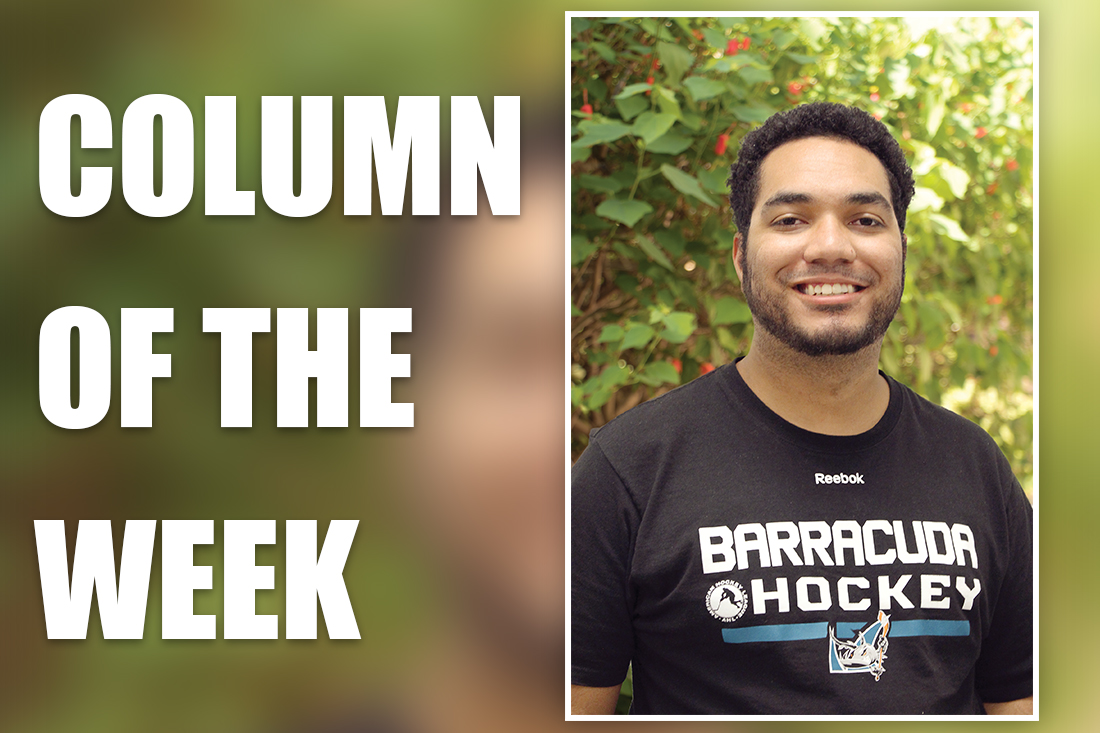
Nathaniel Mata SPORTS EDITOR
If a major crime is committed at 8:30 you can bet that tweets will be live at 8:31. News organizations will be on the scene in less than five minutes and their stories will be online or on TV by 10.
That’s the climate of media now. If you aren’t doing things quick, at a mile a minute, you are a mile behind. The speed of technology allows news consumers to find out information with about two clicks and three scrolls of their smart phone.
As a young person and journalist, it is really quite beautiful. I can get updates on sports, world politics, local politics and legislation all without leaving the Twitter or Facebook application on my phone.
If digital media wasn’t flawed, it would be perfect. The glaring problems, however, have reared their ugly head as of late. “Fake news” and misinformation was a huge part of this year’s general election.
A report by Buzzfeed’s Craig Silverman states that this so-called fake news had actually outperformed credible news articles on Facebook in the three months leading up to the Nov. 8 election.
What is fake news and how can we keep it off the screens of millions of people? These stories come from websites that are either not doing real reporting or just flat out making up a headline that sounds like it could be legit.
Often, the post comes from alt-right groups to motivate their base. Top headlines from this election include a false claim of the pope endorsing President-elect Donald Trump and WikiLeaks confirming Hillary Clinton sold weapons to ISIS. Both of those headlines are pretty unlikely, but not completely implausible, which is what makes them so widespread.
It’s important to remember that this news is made up. It’s shared millions of times because folks take a headline at face value as fact. A scroll through a newsfeed can be full of false information because there is no real vetting in posting a news link through a social media site.
Facebook or Twitter shouldn’t have the obligation to take down headlines or links that are obviously a hoax. When browsing social media, it has to be the reader’s responsibility to get the URL of the site or even an account name. It might be hard to distinguish the look of a page, but reading a few lines into a bogus report should be enough.
I don’t want to assume everyone lacks common sense; I believe some of it just has to do with how quick we scroll and see headlines. Sharing a post or hitting retweet can be just a reaction after a shocking story. This blind sharing of misinformation can turn into a snowball of misguided audiences.
If you take some of the verbal vomit you read from ultrapartisan websites at face value and immediately turn around and share it with an entire friends list, there are bound to be more scrollers who eat it up.
The worst part of the situation is that people feel like they are informed. Imagine basing an argument off a fake news story you “liked.” There are no winners in that dialogue.
Facebook founder and CEO Mark Zuckerberg displayed denial when it was implied that fake news could have propelled Trump to surprise victory, calling it “crazy” in an interview. It’s hard to believe that Zuckerberg doesn’t have full knowledge that his media apparatus can shift political views from posts on the site.
Even if we give Zuckerberg a pass here and downplay the influence of hoax news on elections, wouldn’t he want his site clear of bogus articles? Maybe he values clicks and ad revenue or just on-site interactions more than the truth in reporting, but it’s really a plague to the public getting facts.
Regardless of what social media companies should do to respond to fake news continuing to wreak havoc, consumers need to step up, too.
Google the article you see that seems obscure, make sure you see the same story reported from multiple credible sources before you share with hundreds of your cousins and extended friends.
It’s on us to be savvy about the news we can consume. As convenient as it is to get all of our knowledge from the palm of our hands, buying into lies is just as easy, and being a gullible internet user can be a path to dangerous ignorance, all stemming from a preventable epidemic.






